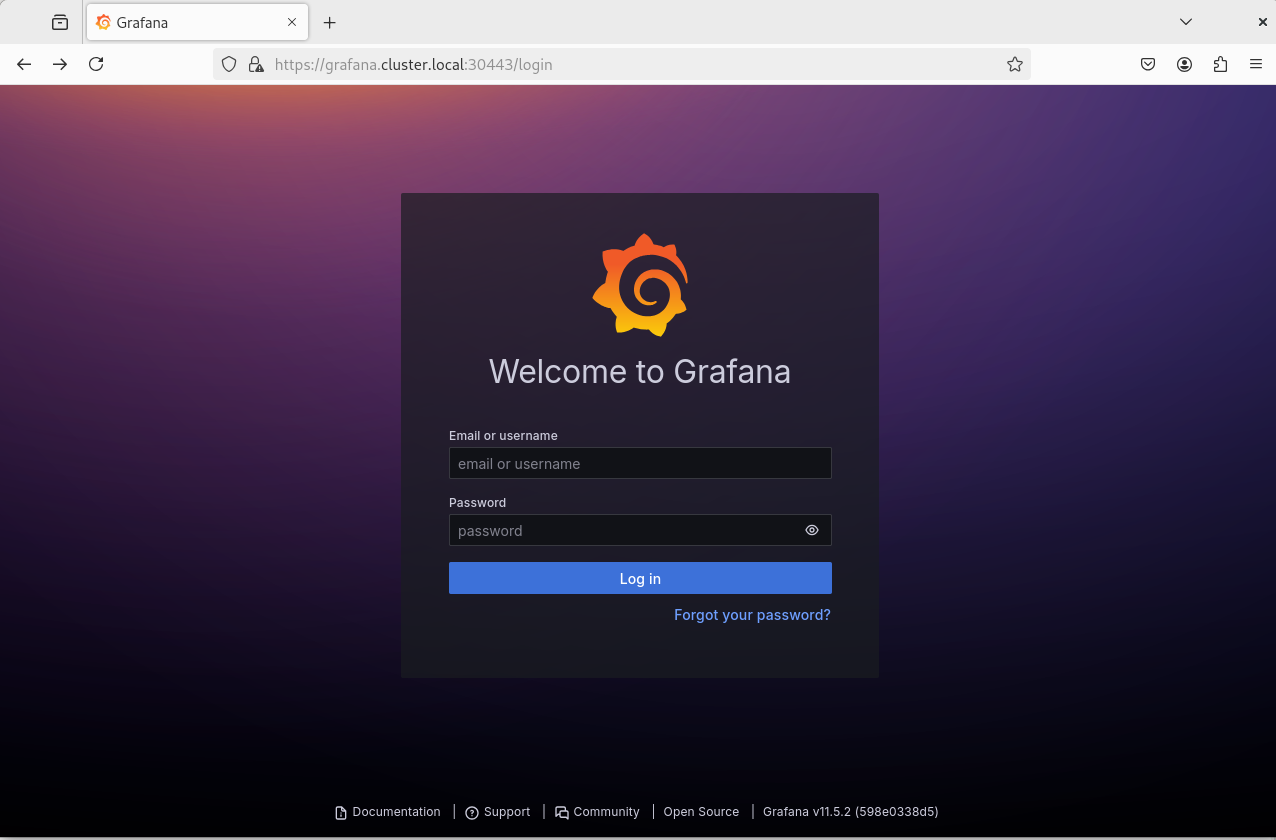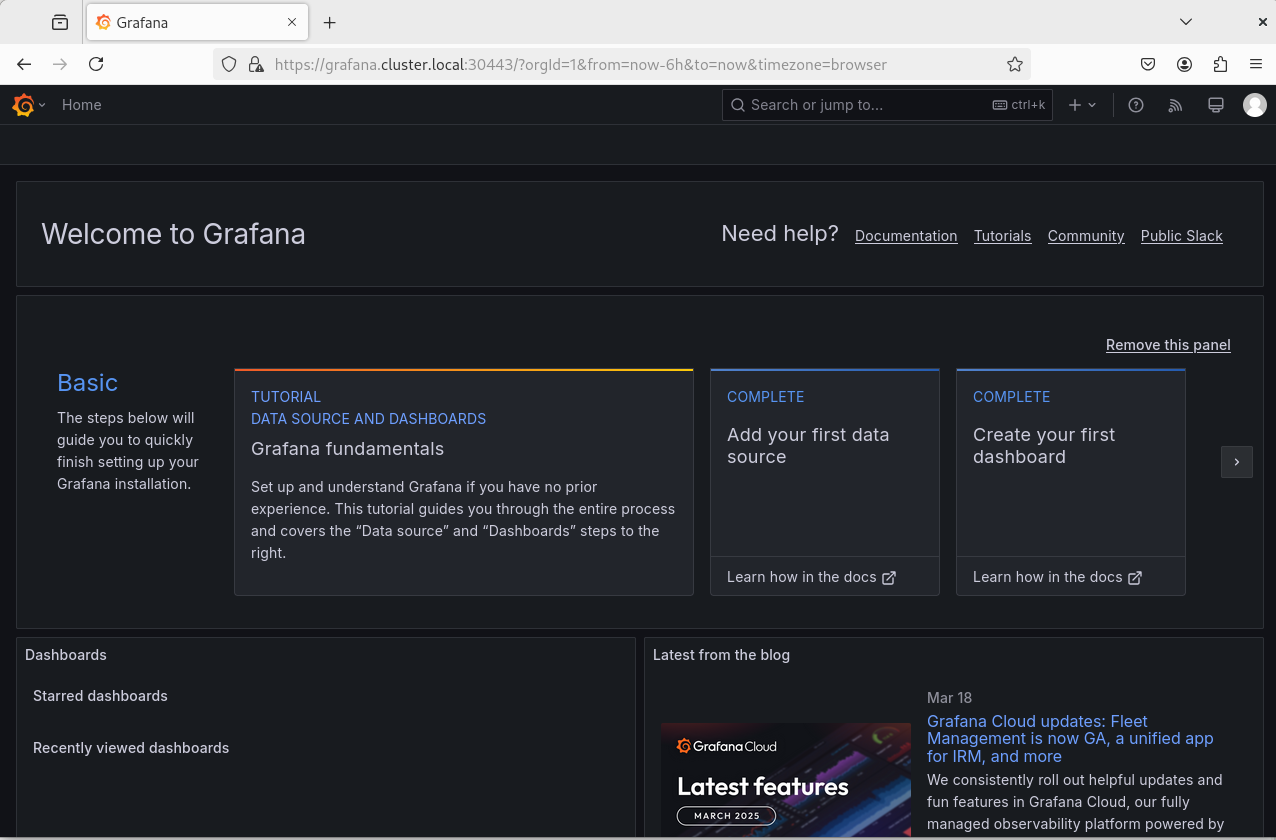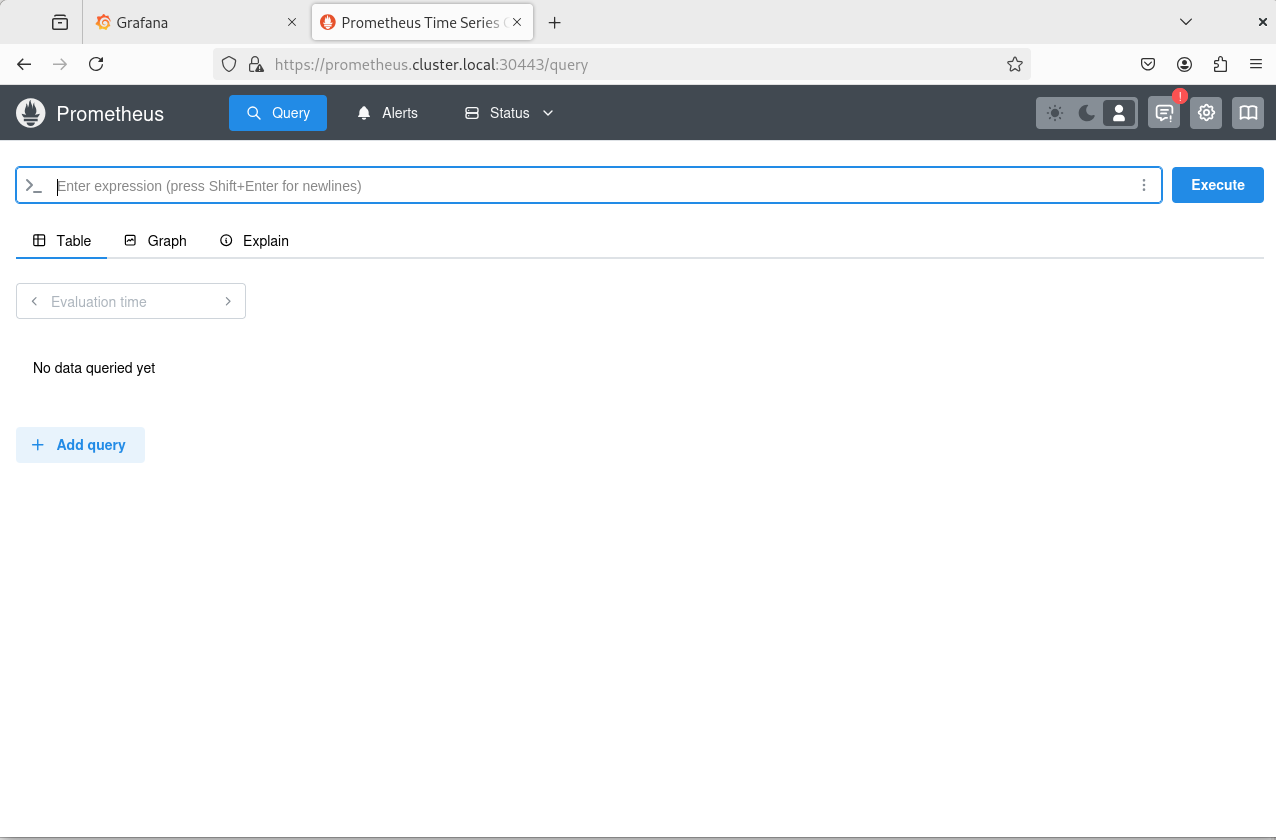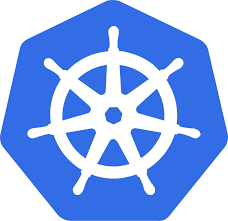Ce guide couvre l’ensemble du processus d’installation et de configuration d’un cluster Kubernetes dans un environnement d’entreprise, avec un accent particulier sur la sécurité et les bonnes pratiques.
1. Architecture et prérequis
Architecture cible
- 1 nœud maître
- 2 nœuds workers
- Réseau overlay Calico
- OS : Debian 12 (Bookworm)
- Environnement : VirtualBox
Configuration matérielle minimale recommandée
Nœud maître
- CPU: 2vCPU minimum
- RAM: 4Go minimun
- Disque: 50 Go mimimum
Nœuds workers
- CPU: 4vCPU minimum
- RAM: 8Go minimun
- Disque: 100 Go mimimum
Configuration système initiale (sur tous les nœuds)
# Mise à jour initiale du système
sudo apt update && sudo apt upgrade -y
sudo apt install -y apt-transport-https ca-certificates curl gnupg lsb-release systemd-timesyncd
# Activation du service NTP
sudo systemctl enable systemd-timesyncd
sudo systemctl start systemd-timesyncd
# Désactivation du swap (obligatoire pour Kubernetes)
sudo swapoff -a
sudo sed -i '/ swap / s/^/#/' /etc/fstab
# Chargement des modules noyau nécessaires
cat <<EOF | sudo tee /etc/modules-load.d/k8s.conf
overlay
br_netfilter
EOF
sudo modprobe overlay
sudo modprobe br_netfilter
# Paramétrage du réseau pour Kubernetes
cat <<EOF | sudo tee /etc/sysctl.d/k8s.conf
net.bridge.bridge-nf-call-iptables = 1
net.bridge.bridge-nf-call-ip6tables = 1
net.ipv4.ip_forward = 1
EOF
sudo sysctl --system
2. Installation des composants de base
Sur tous les nœuds, installez containerd.
sudo apt install -y containerd
# Generation of the default configuration file
sudo mkdir -p /etc/containerd
containerd config default | sudo tee /etc/containerd/config.toml
# Activate Systemd mode to manage cgroups
sudo sed -i 's/SystemdCgroup = false/SystemdCgroup = true/' /etc/containerd/config.toml
sudo systemctl restart containerd
# Addition of the public key and the official repository
curl -fsSL https://pkgs.k8s.io/core:/stable:/v1.31/deb/Release.key | sudo gpg --dearmor -o /etc/apt/keyrings/kubernetes-apt-keyring.gpg
echo 'deb [signed-by=/etc/apt/keyrings/kubernetes-apt-keyring.gpg] https://pkgs.k8s.io/core:/stable:/v1.31/deb/ /' | sudo tee /etc/apt/sources.list.d/kubernetes.list
# Installing kubernetes packages
sudo apt update
sudo apt install -y kubelet kubeadm kubectl
sudo apt-mark hold kubelet kubeadm kubectl
3. Initialisation du cluster
Initialisez le cluster sur le nœud maître en spécifiant le réseau de pods Calico et l’endpoint de contrôle.
sudo kubeadm init --pod-network-cidr=192.168.0.0/16 --control-plane-endpoint="MASTER_IP:6443" --upload-certs
# Configuration pour l’utilisateur non root
mkdir -p $HOME/.kube
sudo cp -i /etc/kubernetes/admin.conf $HOME/.kube/config
sudo chown $(id -u):$(id -g) $HOME/.kube/config
# Installation de Calico
kubectl create -f https://raw.githubusercontent.com/projectcalico/calico/v3.26.1/manifests/calico.yaml
On master node, use the kubeadm join command supplied when the master was initialised.
sudo kubeadm join MASTER_IP:6443 --token <token> --discovery-token-ca-cert-hash sha256:<hash>
4. Configuration post‑installation
Sur le nœud maître, vérifiez que le cluster fonctionne correctement.
kubectl get nodes

kubectl get pods -A

Pour mettre en place un stockage local, déployez le local-path-provisioner
kubectl apply -f https://raw.githubusercontent.com/rancher/local-path-provisioner/master/deploy/local-path-storage.yaml
kubectl patch storageclass local-path -p '{"metadata": {"annotations":{"storageclass.kubernetes.io/is-default-class":"true"}}}'
5. Sécurisation du cluster
Sur le nœud maître, créez un utilisateur à accès limité en générant et en signant un certificat.
# Génération de la clé et de la demande de certificat (CSR)
openssl genrsa -out mbogning.key 2048
openssl req -new -key mbogning.key -out mbogning.csr -subj "/CN=mbogning/O=team1"
# Signature du certificat avec l’AC du cluster
sudo openssl x509 -req -in mbogning.csr \
-CA /etc/kubernetes/pki/ca.crt \
-CAkey /etc/kubernetes/pki/ca.key \
-CAcreateserial \
-out mbogning.crt -days 365
# Créez un namespace dédié (ex. production) et définissez des rôles restreints
kubectl create namespace production
# Création d’un rôle limitant les actions sur les pods
kubectl create role pod-reader --verb=get,list,watch --resource=pods --namespace=production
kubectl create rolebinding pod-reader-binding --role=pod-reader --user=mbogning --namespace=production
# Créez un contexte kubeconfig pour l’utilisateur
kubectl config set-credentials mbogning \
--client-certificate=mbogning.crt \
--client-key=mbogning.key
kubectl config set-context mbogning-context \
--cluster=kubernetes \
--namespace=production \
--user=mbogning
# Mise en place des Network Policies
cat <<EOF | kubectl apply -f -
apiVersion: networking.k8s.io/v1
kind: NetworkPolicy
metadata:
name: default-deny-ingress
namespace: production
spec:
podSelector: {}
policyTypes:
- Ingress
EOF
6. Supervision (monitoring) et journalisation (logging)
Sur le nœud maître. Helm facilite l’installation et la gestion d’applications sur Kubernetes.
curl https://raw.githubusercontent.com/helm/helm/master/scripts/get-helm-3 | bash
helm version
Mise en place du monitoring avec Prometheus et Grafana
Ajoutez le dépôt Helm dédié et déployez la stack de monitoring dans le namespace monitoring.
helm repo add prometheus-community https://prometheus-community.github.io/helm-charts
helm repo update
kubectl create namespace monitoring
helm install prometheus prometheus-community/kube-prometheus-stack \
--namespace monitoring \
--set prometheusOperator.createCustomResource=true \
--set grafana.enabled=true
Mise en place du logging avec Loki
Pour une solution de logs légère intégrée à Grafana, installez Loki et Promtail.
helm repo add grafana https://grafana.github.io/helm-charts
helm repo update
kubectl create namespace logging
helm install loki grafana/loki-stack \
--namespace logging \
--set promtail.enabled=true \
--set loki.persistence.enabled=true \
--set loki.persistence.size=10Gi \
--set grafana.enabled=false
Configurer Grafana pour utiliser Loki comme source de données
Créez un ConfigMap pour intégrer Loki à Grafana.
cat <<EOF | kubectl apply -f -
apiVersion: v1
kind: ConfigMap
metadata:
name: loki-datasource
namespace: monitoring
labels:
grafana_datasource: "1"
data:
loki-datasource.yaml: |-
apiVersion: 1
datasources:
- name: Loki
type: loki
url: http://loki.logging.svc.cluster.local:3100
access: proxy
isDefault: false
EOF
Redémarrez le déploiement Grafana pour appliquer les changements.
kubectl rollout restart deployment -n monitoring prometheus-grafana
Accès aux interfaces de supervision
Méthode temporaire (Port‑forward)
Pour un accès rapide, utilisez les commandes suivantes.
# Access to Grafana
kubectl port-forward -n monitoring svc/prometheus-grafana 3000:80
# Access to Prometheus
kubectl port-forward -n monitoring svc/prometheus-kube-prometheus-prometheus 9090:9090
Puis accédez à :
- Grafana: http://localhost:3000 (default credentials: admin/prom-operator)
- Prometheus: http://localhost:9090
Accès permanent via Ingress et HTTPS
- Installing the NGINX Ingress Controller For a production solution, deploy the NGINX Ingress controller and cert-manager to manage TLS certificates.
helm repo add ingress-nginx https://kubernetes.github.io/ingress-nginx
helm repo update
helm install nginx-ingress ingress-nginx/ingress-nginx \
--namespace ingress-nginx \
--create-namespace \
--set controller.service.type=NodePort \
--set controller.service.nodePorts.http=30080 \
--set controller.service.nodePorts.https=30443
2. Installing cert-manager
helm repo add jetstack https://charts.jetstack.io
helm repo update
helm install cert-manager jetstack/cert-manager \
--namespace cert-manager \
--create-namespace \
--set installCRDs=true
3. Creating a Let’s Encrypt ClusterIssuer
cat <<EOF | kubectl apply -f -
apiVersion: cert-manager.io/v1
kind: ClusterIssuer
metadata:
name: letsencrypt-prod
spec:
acme:
server: https://acme-v02.api.letsencrypt.org/directory
email: admin@votredomaine.com
privateKeySecretRef:
name: letsencrypt-prod
solvers:
- http01:
ingress:
class: nginx
EOF
4. Deployment of Ingress Rules for Grafana and Prometheus
- Ingress for Grafana
cat <<-EOF | kubectl apply -f -
apiVersion: networking.k8s.io/v1
kind: Ingress
metadata:
name: grafana-ingress
namespace: monitoring
annotations:
kubernetes.io/ingress.class: nginx
nginx.ingress.kubernetes.io/ssl-redirect: "true"
cert-manager.io/cluster-issuer: "letsencrypt-prod"
spec:
tls:
- hosts:
- grafana.cluster.local
secretName: grafana-tls
rules:
- host: grafana.cluster.local
http:
paths:
- path: /
pathType: Prefix
backend:
service:
name: prometheus-grafana
port:
number: 80
EOF
- Ingress for Prometheus
cat <<EOF | kubectl apply -f -
apiVersion: networking.k8s.io/v1
kind: Ingress
metadata:
name: prometheus-ingress
namespace: monitoring
annotations:
kubernetes.io/ingress.class: nginx
nginx.ingress.kubernetes.io/ssl-redirect: "true"
cert-manager.io/cluster-issuer: "letsencrypt-prod"
spec:
tls:
- hosts:
- prometheus.cluster.local
secretName: prometheus-tls
rules:
- host: prometheus.cluster.local
http:
paths:
- path: /
pathType: Prefix
backend:
service:
name: prometheus-kube-prometheus-prometheus
port:
number: 9090
EOF
DNS configuration
Modify the /etc/hosts file on the machines that will access the cluster.
Copy : 192.168.X.X grafana.cluster.local prometheus.cluster.local
Replace 192.168.X.X with the IP address of the node where the Ingress controller is exposed.
Access Grafana at :
https://grafana.cluster.local:30443
Log in using the default logins (admin/prom-operator)


Access Prometheus at :
https://prometheus.cluster.local:30443

7. Maintenance and backup
On the master node, make sure you install the etcd-client tool and configure regular backup of the cluster.
sudo apt install -y etcd-client
sudo mkdir -p /backup
sudo ETCDCTL_API=3 etcdctl --endpoints=https://127.0.0.1:2379 \
--cacert=/etc/kubernetes/pki/etcd/ca.crt \
--cert=/etc/kubernetes/pki/etcd/server.crt \
--key=/etc/kubernetes/pki/etcd/server.key \
snapshot save /backup/etcd-snapshot-$(date +%Y%m%d).db
8. Validation and testing
Run the following commands to check health and configuration.
kubectl get nodes
kubectl get pods -A
kubectl get componentstatuses
Verification of Monitoring and Logging Services
kubectl get pods -n monitoring
kubectl get pods -n logging
Documentation
- Documentation officielle Kubernetes
- Documentation Calico
- Documentation Grafana and Prometheus
- Guide CIS Kubernetes Benchmark
Conclusion
This comprehensive guide has enabled you to:
- Deploy a robust Kubernetes cluster under Debian 12 with a master/worker architecture suited to enterprise environments.
- Ensure inter-node communication thanks to a careful VirtualBox configuration and the use of Calico.
- Secure the cluster by setting up restricted access via certificates, RBAC and network policies.
- Implement a monitoring and logging solution integrated with Prometheus, Grafana and Loki, as well as secure access to interfaces via Ingress and HTTPS.
- Plan maintenance with regular Etcd backups.

